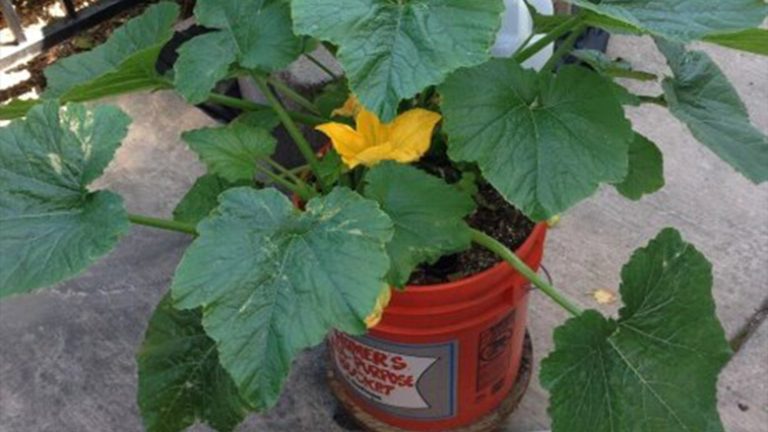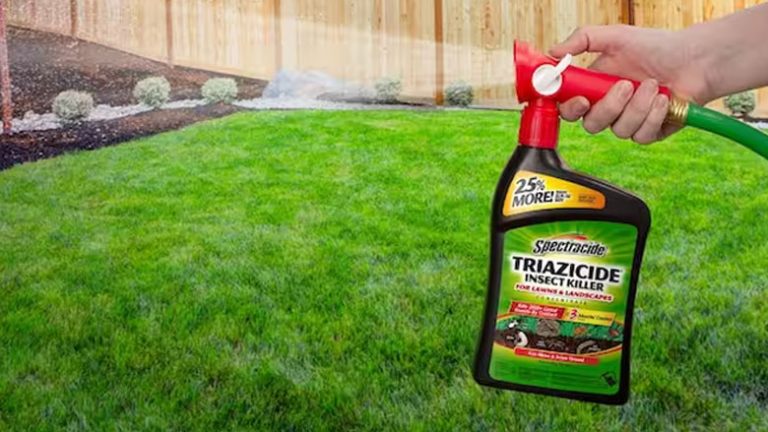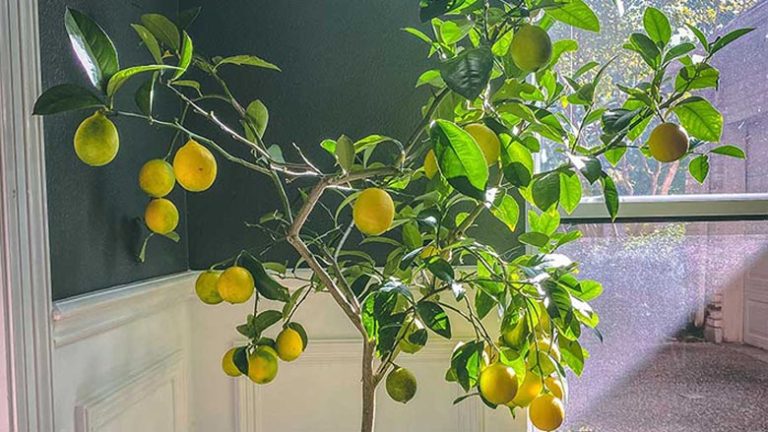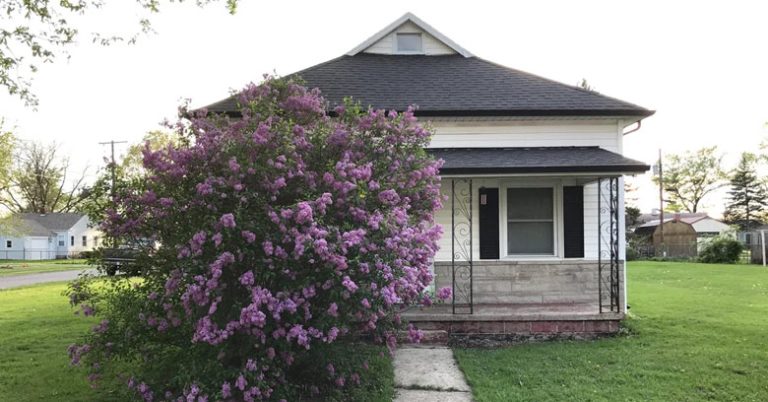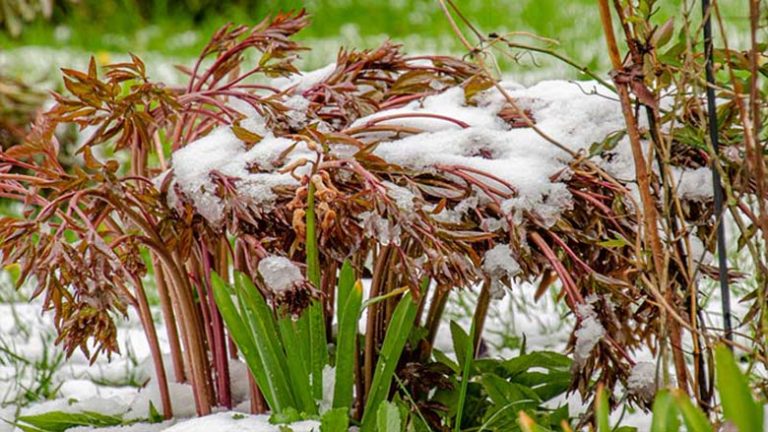Why Are My Sunflower Leaves Turning Brown [Exploring Causes and Solutions]
Sunflowers, with their vibrant blooms and towering stems, have a special place in many gardens. But if you’ve noticed your sunflower leaves turning brown, it’s natural to be concerned.
In this article, we’ll dive deep into the common reasons behind this issue, how to identify it, and most importantly, what you can do to prevent and treat it. Whether you’re a seasoned gardener or a sunflower enthusiast, understanding the factors causing those brown leaves will help you keep your sunflowers thriving.
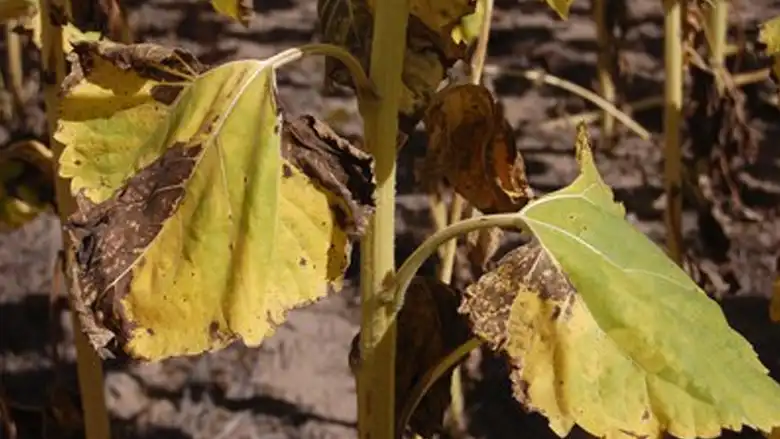
Common Reasons for Sunflower Leaves Turning Brown
If you’re scratching your head wondering what’s going on, rest assured – you’re not alone. In this section, we’ll explore the common reasons behind this phenomenon and shed light on what you can do to keep those sunflower leaves a vibrant green.
A. Watering Issues
1. Underwatering
Imagine a thirsty traveler in a desert – that’s your sunflower when it’s not getting enough water. When parched, its leaves might start browning at the tips and edges, a signal that it’s time to quench its thirst.
2. Overwatering
On the flip side, too much water can drown your sunflower’s roots, leading to brown leaves. It’s like wearing wet shoes for too long – things start getting uncomfortable. The excess moisture can also attract unwelcome fungal guests.
B. Nutrient Deficiency
1. Nitrogen Deficiency
Nitrogen, the plant’s version of a power-up, can run low. Without it, leaves might turn pale and brown at the tips, sapping the plant’s energy and vibrancy.
2. Potassium Deficiency
Potassium, the plant’s electrolyte, plays a role in water regulation. A scarcity of it can lead to browning edges on leaves, like a plant version of electrolyte imbalance.
C. Fungal and Bacterial Infections
1. Botrytis Blight
Fungal infections can infiltrate your sunflower’s leaves, causing brown spots that resemble fuzzy invaders. Botrytis blight thrives in damp conditions and spreads its brown agenda with ease.
2. Sunflower Rust
This fungal disease paints rust-like spots on leaves, which, over time, can transform into the unwelcome shade of brown. It’s like an uninvited guest that overstays its welcome.
D. Environmental Stress
1. Extreme Heat
Sunflowers are hardy, but too much heat can be taxing. Leaves might start to brown as the plant reacts to the stress of the sun’s relentless gaze.
2. Sunburn
Yes, plants can get sunburned too. Excessive exposure to direct sunlight can scorch leaves, leaving behind that telltale brown hue.
E. Pests Infestation
1. Aphids
These tiny sap-suckers can infest your sunflowers, causing leaves to curl, wilt, and – you guessed it – turn brown. It’s like a tiny leaf vampire draining the life out of your plants.
2. Sunflower Moth Larvae
The caterpillar offspring of sunflower moths have a voracious appetite for leaves. As they feast, they leave behind a trail of brown, chewed-up evidence.
Understanding these culprits is the first step toward nursing your sunflowers back to health. Whether it’s a hydration issue, nutrient imbalance, fungal invasion, environmental stress, or pest party, your sunflowers deserve some care to restore their vibrant leafy glory. Stay tuned for our next segment where we dive into spotting the problem and taking preventive measures
Identifying the Problem of Sunflower Leaves Turning Brown
In this section, we’ll put on our detective hats and delve into the art of spotting clues and unraveling the secrets behind those not-so-happy leaves.
A. Visual Signs of Browning Leaves
Imagine you’re strolling through your sunflower patch, and you notice that the vibrant green of your sunflower’s leaves is taking on an unsightly shade of brown. It’s like nature’s way of sending you a coded message. But worry not, because these signs are quite distinctive, once you know what to look for.
Those once-lush green leaves might start showing off brown spots, edges, or patches. These aren’t the latest trend in sunflower couture; they’re a clear indicator that something’s amiss. Sometimes, it’s not just a single leaf; it could be a group of them.
B. Monitoring Overall Plant Health
Healthy sunflowers should be reaching for the sky, with sturdy stems and bright, happy blooms. But if you notice your sunflowers looking a tad lackluster, with slower growth and smaller blooms, it’s like your plants are whispering, “Hey, something’s not right!”
Also, keep an eye on the younger leaves – they’re like the rookies in the Sunflower squad. If they’re going brown before their time, it’s a sign that they’re facing some sort of adversity, and it’s up to you to play a superhero.
Preventive Measures to Keep Your Sunflower Leaves from Turning Brown
Understanding the causes behind this color shift is crucial, and even more importantly, knowing how to prevent it is key. Let’s dive into some effective preventive measures that will keep your sunflower leaves looking lush and green.
A. Proper Watering Techniques
Water – the elixir of life for every living thing, including your sunflowers. Finding the balance between too much and too little is the secret. When it comes to watering these radiant beauties, there are a few tricks to keep in mind.
Short Bursts of Water: Instead of drenching your sunflowers all at once, give them short bursts of water. This allows the soil to absorb the moisture without becoming waterlogged – a condition that could turn those leaves brown faster than you can say “photosynthesis.”
Morning Moisture: Sunflowers prefer a drink in the morning. This gives them the chance to absorb the water they need during the day and have time to dry out before nightfall. Wet leaves at night? That’s like an open invitation for fungal diseases to party on your sunflowers.
B. Soil Enrichment and Fertilization
Just like us humans need a balanced diet, your sunflowers crave nutrient-rich soil to flourish. Soil enrichment and fertilization are like giving your sunflowers a buffet of essential elements for a healthy life.
Test the Soil: Get your hands on a soil testing kit. This little tool will spill the beans on what your soil lacks or has in abundance. Armed with this knowledge, you can give your sunflowers precisely what they need.
Feed Them Right: Think of fertilizers as vitamins for your sunflowers. Choose a balanced fertilizer with a good mix of nitrogen, phosphorus, and potassium. Sprinkle it around the base of the plant, then water it in. Remember, even sunflowers appreciate a balanced diet!
C. Sun Protection
Too much of a good thing can be bad – even when it comes to sunlight. Sunflowers might be sun lovers, but excessive sun exposure can lead to those telltale brown patches.
Provide Shade: If your sunflowers are in a scorching spot, give them a bit of shade during the hottest part of the day. A makeshift umbrella or some strategically placed taller plants can do the trick.
Sunscreen for Leaves: No, you don’t need a tiny tube of sunscreen for each leaf. But you can use a foliar spray with some diluted sunscreen for plants. This shields your sunflowers from the harsh rays and helps prevent browning.
D. Disease Prevention
Diseases aren’t fun for anyone – not even your sunflowers. Keeping your sunflowers disease-free involves a little vigilance and some proactive steps.
Prune and Trim: Brown leaves can become a breeding ground for diseases. Prune those discolored leaves and make sure they don’t have a chance to spread their misery.
Air Circulation: Plant your sunflowers with enough space between them. Good airflow prevents the buildup of moisture and reduces the risk of fungal infections that can turn your leaves brown.
E. Pest Management
Pests, those unwelcome visitors that just can’t resist your sunflowers’ charm, can play a part in turning leaves brown. Managing them requires a bit of detective work.
Regular Inspections: Take a stroll through your sunflower garden regularly. Check the undersides of leaves for signs of aphids or caterpillars that might be indulging in your sunflowers.
Natural Allies: Some insects are your sunflowers’ allies. Ladybugs and lacewings, for instance, are the vigilantes of the garden world. They’ll feast on the pests that threaten your sunflower’s well-being.
Treatment Options for Sunflower Leaves Turning Brown
When your vibrant sunflower leaves start to take on a less-than-vibrant shade of brown, it’s time to roll up your sleeves and offer some tender care. Luckily, you’re not left scratching your head, wondering what to do. Let’s explore the arsenal of solutions to rejuvenate those sun-soaked beauties and bring back their golden glory.
A. Pruning-Affected Leaves: Trim with Precision
suppose a pair of gardening shears in hand, a purposeful snip here and there. It might sound like a simple remedy, but pruning is a precise art that can work wonders for sunflowers with browning leaves.
Those discolored, brown-edged leaves are more than just an eyesore; they can harbor diseases and pests. By snipping them off, you’re not only tidying up the appearance of your sunflowers, but you’re also nipping potential problems in the bud. Just be sure to prune back to healthy green tissue to avoid causing more stress to the plant.
B. Fungicidal Treatments: The Fungus Fighters
Fungi – they might sound like something out of a fantasy tale, but when it comes to your sunflower’s health, they’re real and not always friendly. If fungal infections are casting a brown spell on your sunflower leaves, fungicidal treatments can be your valiant knights in shining armor.
Fungicides are formulated to tackle these sneaky invaders head-on. Whether it’s the notorious Botrytis blight or the stealthy sunflower rust, the right fungicide can help suppress the spread of these fungal foes. Be sure to read labels, follow instructions, and apply with precision to protect your sunflowers.
C. Insecticidal Treatments: A Shield Against Tiny Menaces
Sometimes, it’s not the whims of nature causing those sunflower leaves to turn brown – it’s the tiny, hungry insects that have taken residence. Aphids and sunflower moth larvae are just a couple of the culprits that can feast on your sunflowers.
Insecticidal treatments come into play as your trusty sidekicks. Designed to combat insect infestations, these treatments can provide the shield your sunflowers need. They can break the life cycle of these tiny menaces and bring back the balance to your garden. Just remember, use insecticides judiciously and opt for those that are safe for your sunflowers.
Frequently Asked Questions (FAQs)
Why are my sunflower leaves turning brown?
Browning leaves can be due to various factors, including water issues, nutrient deficiencies, infections, environmental stress, and pests.
How often should I water my sunflowers to prevent browning leaves?
Sunflowers prefer deep, infrequent watering. Aim to water deeply every few days rather than shallowly watering daily.
Can nutrient deficiencies really cause sunflower leaves to turn brown?
Absolutely. Nutrient deficiencies, especially of nitrogen and potassium, can lead to brown spots and overall leaf discoloration.
Are fungal infections a common issue for sunflowers?
Yes, sunflowers can be susceptible to fungal infections, especially in humid conditions. Proper spacing and air circulation can help prevent these issues.
What’s the best way to protect sunflowers from extreme heat and sunburn?
Provide shade during the hottest parts of the day, use mulch to retain soil moisture, and water the plant adequately to combat heat stress.
Is it safe to use chemical treatments on sunflowers with browning leaves?
Chemical treatments should be used as a last resort and with caution. Opt for environmentally friendly options and follow the instructions closely.
Can I prevent sunflower leaf browning without using pesticides?
Certainly. Proper cultural practices, like watering, fertilization, and maintaining plant health, can often prevent browning without resorting to pesticides.
What steps can I take to ensure my sunflowers remain vibrant and healthy year-round?
Regular monitoring, proper watering, soil enrichment, disease prevention, and pest management are key to maintaining healthy sunflowers.
Should I remove the yellow sunflower leaves?
Yes, removing yellow leaves is a good practice, as they are likely diseased or stressed. This helps redirect the plant’s energy toward healthier growth.
Conclusion
Sunflowers are a delight to have in any garden, and keeping their leaves vibrant and green is a rewarding task. By understanding the causes of browning leaves and implementing preventive measures, you can enjoy the beauty of these towering blooms throughout the growing season. Remember, a little care and attention go a long way in maintaining the health and vitality of your sunflowers.
![Can Tomatoes Survive 40 Degrees [Answered]](https://gardensuggest.com/wp-content/uploads/2023/08/Can-Tomatoes-Survive-40-Degrees-1-768x402.jpg)
